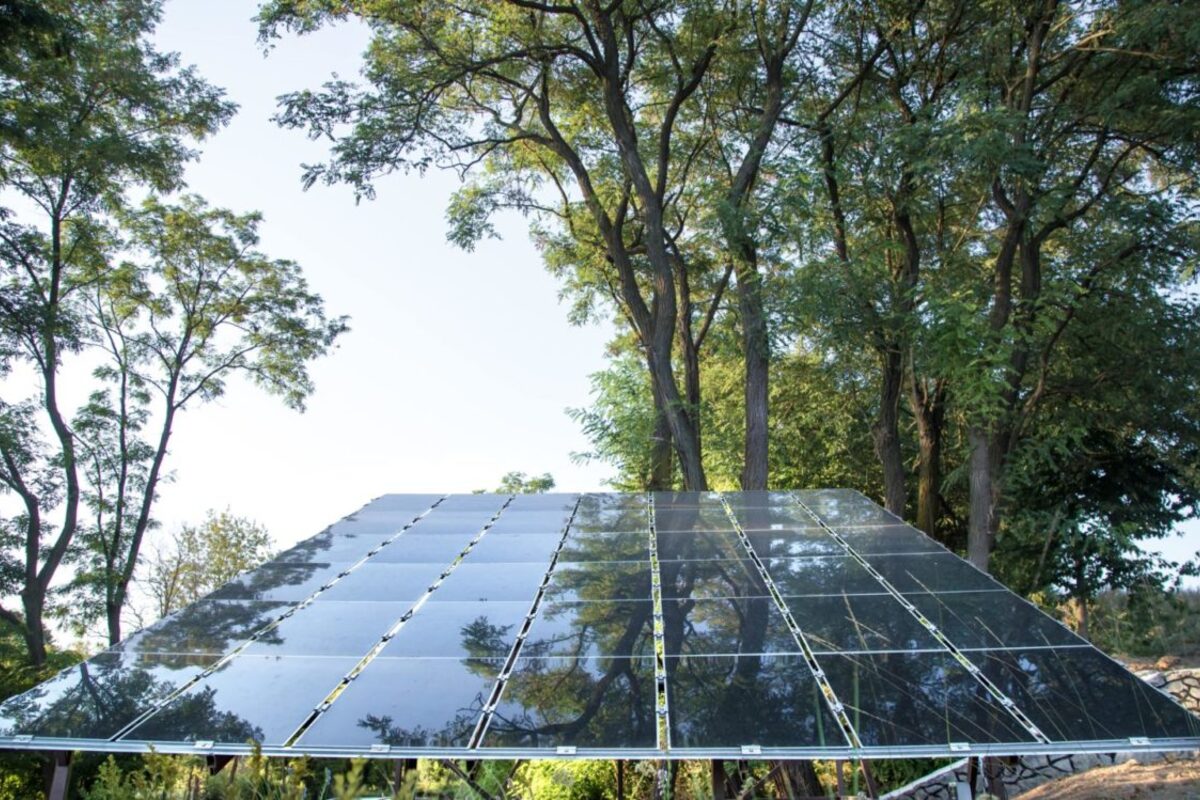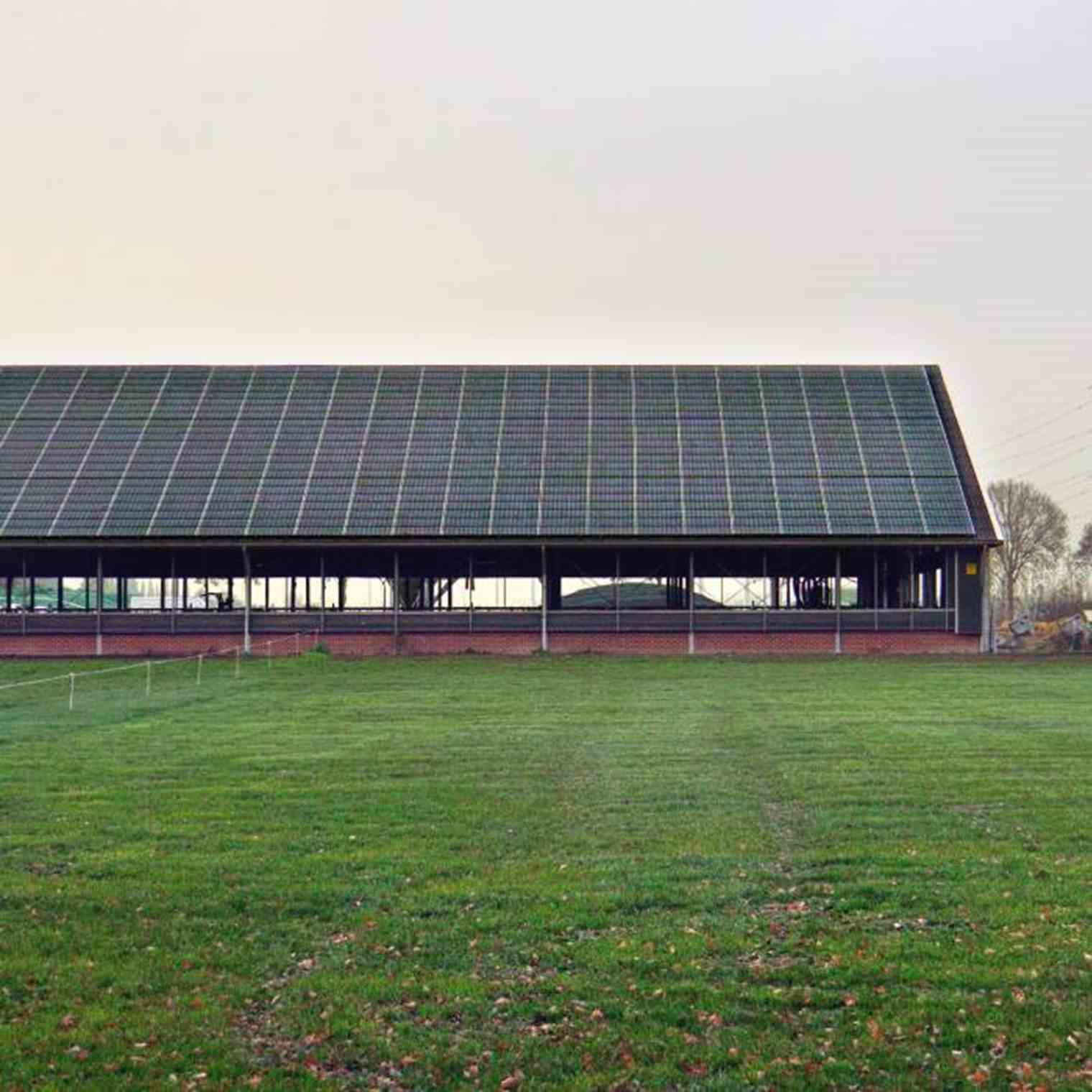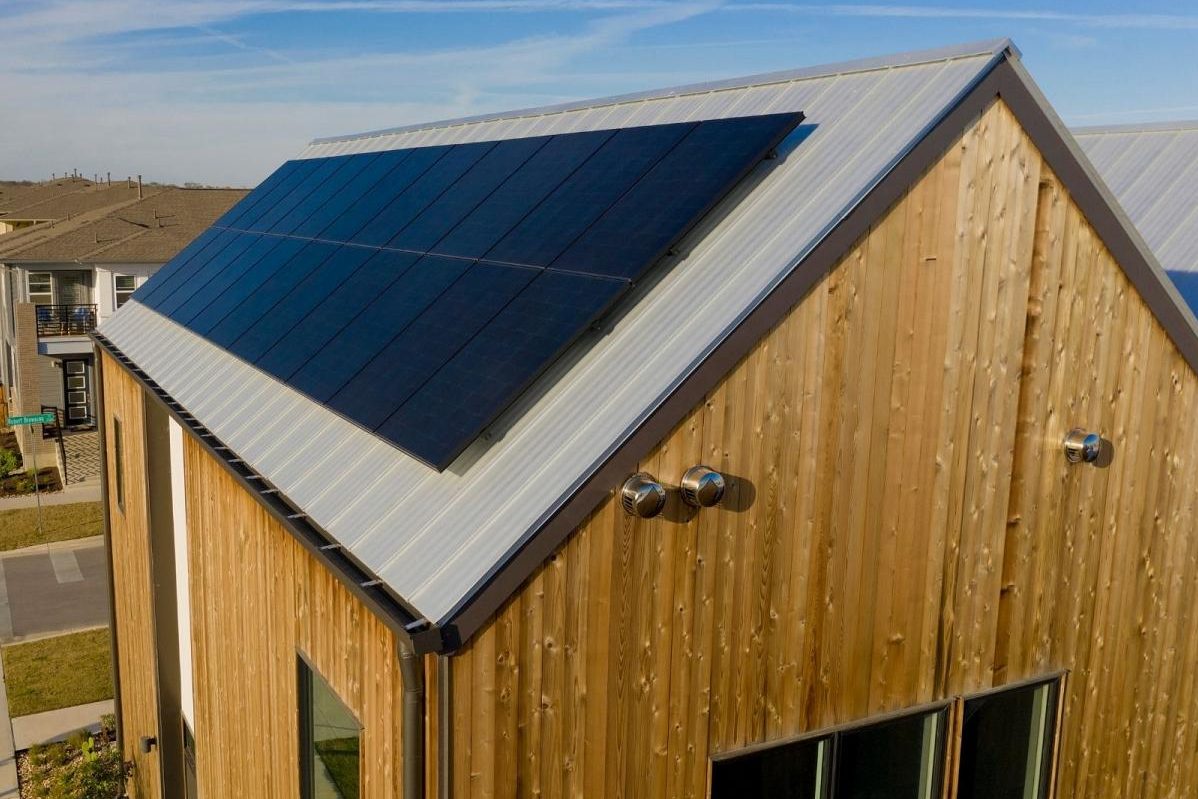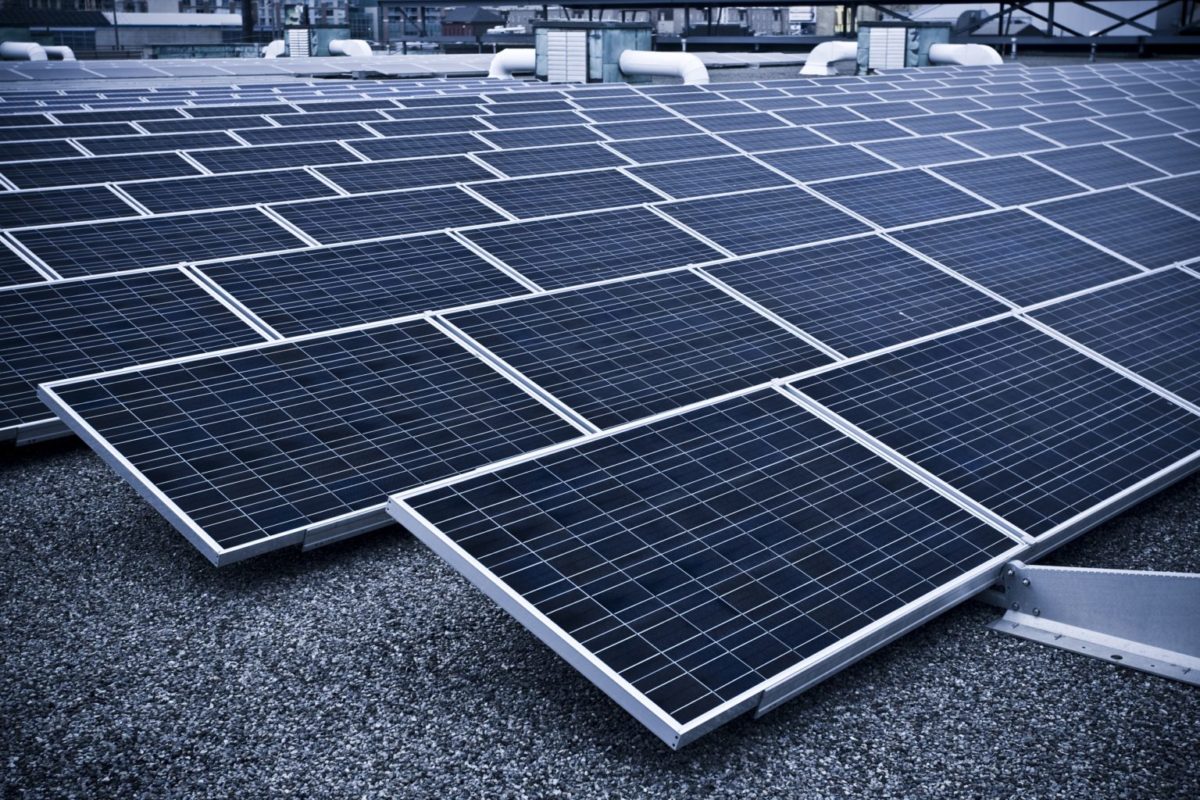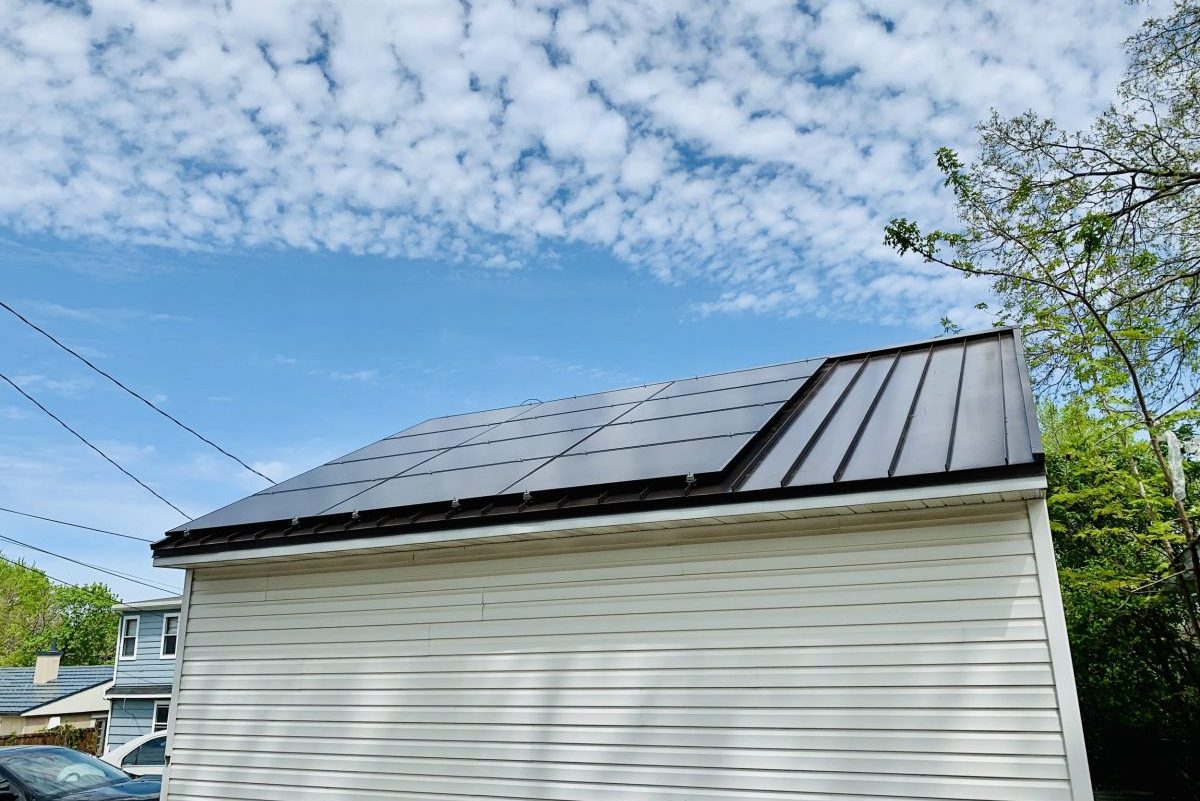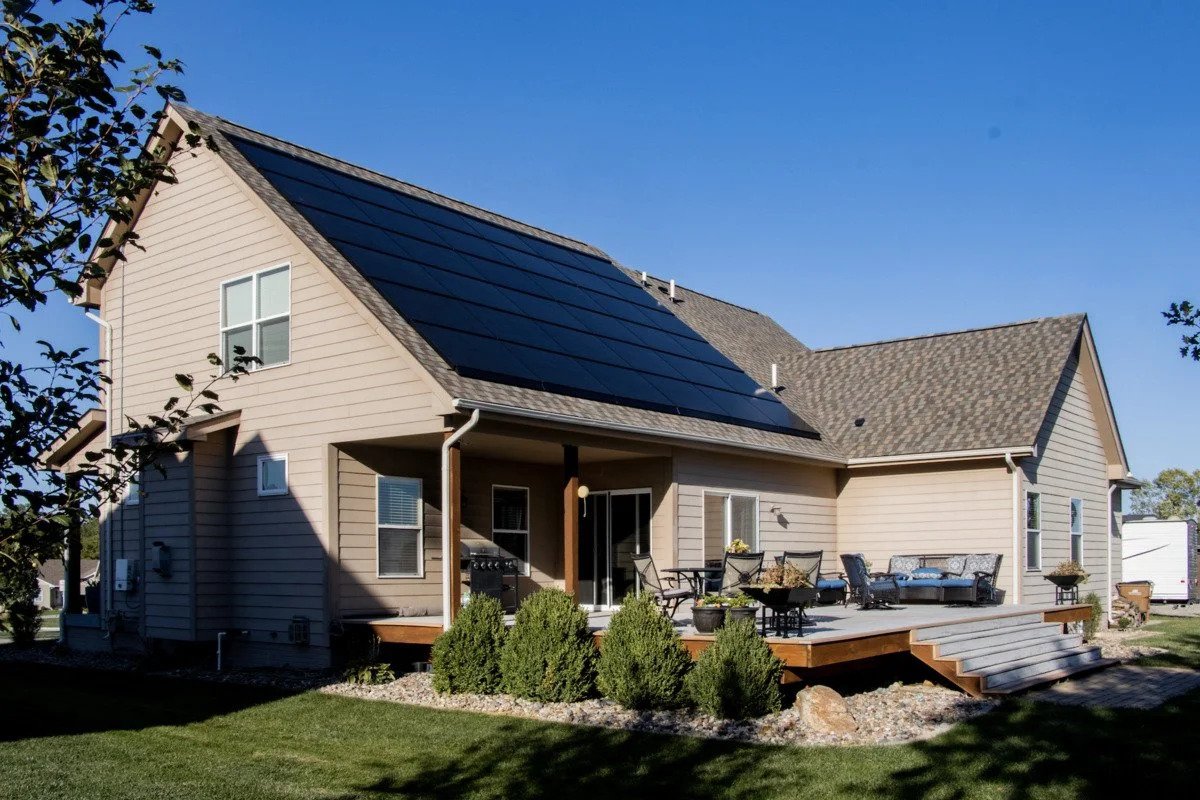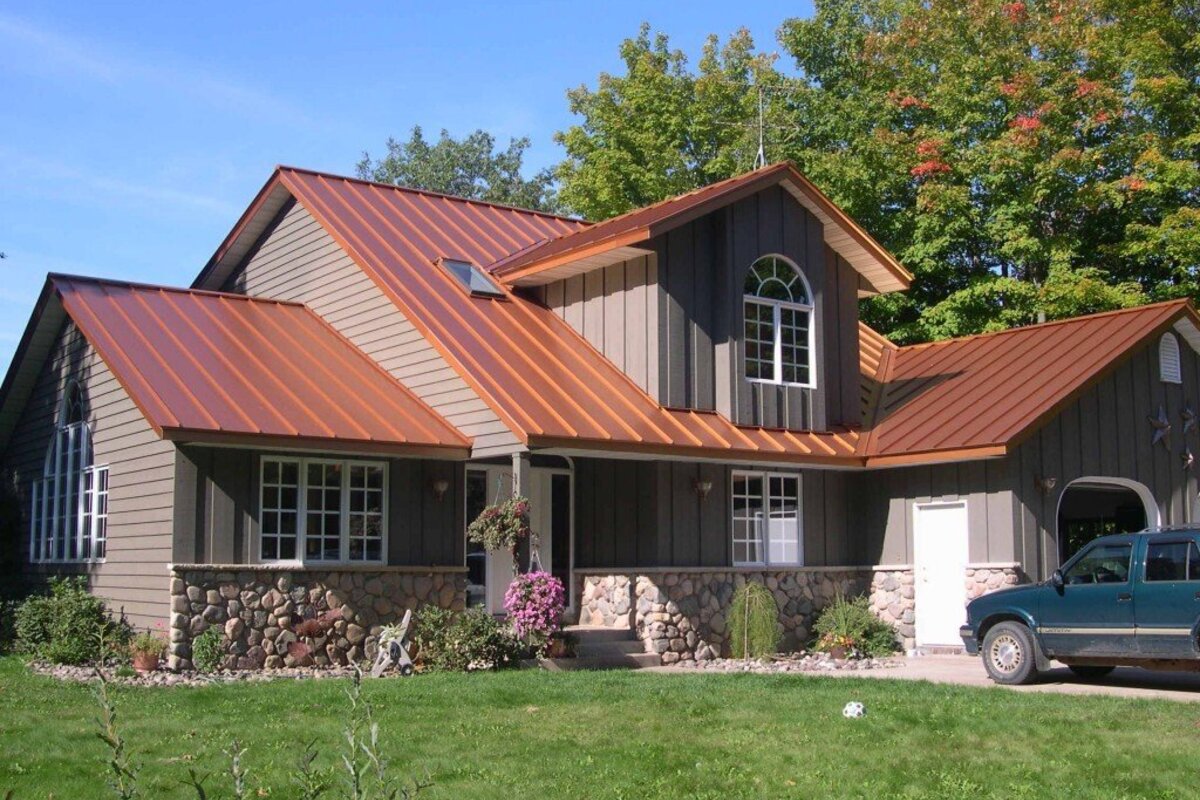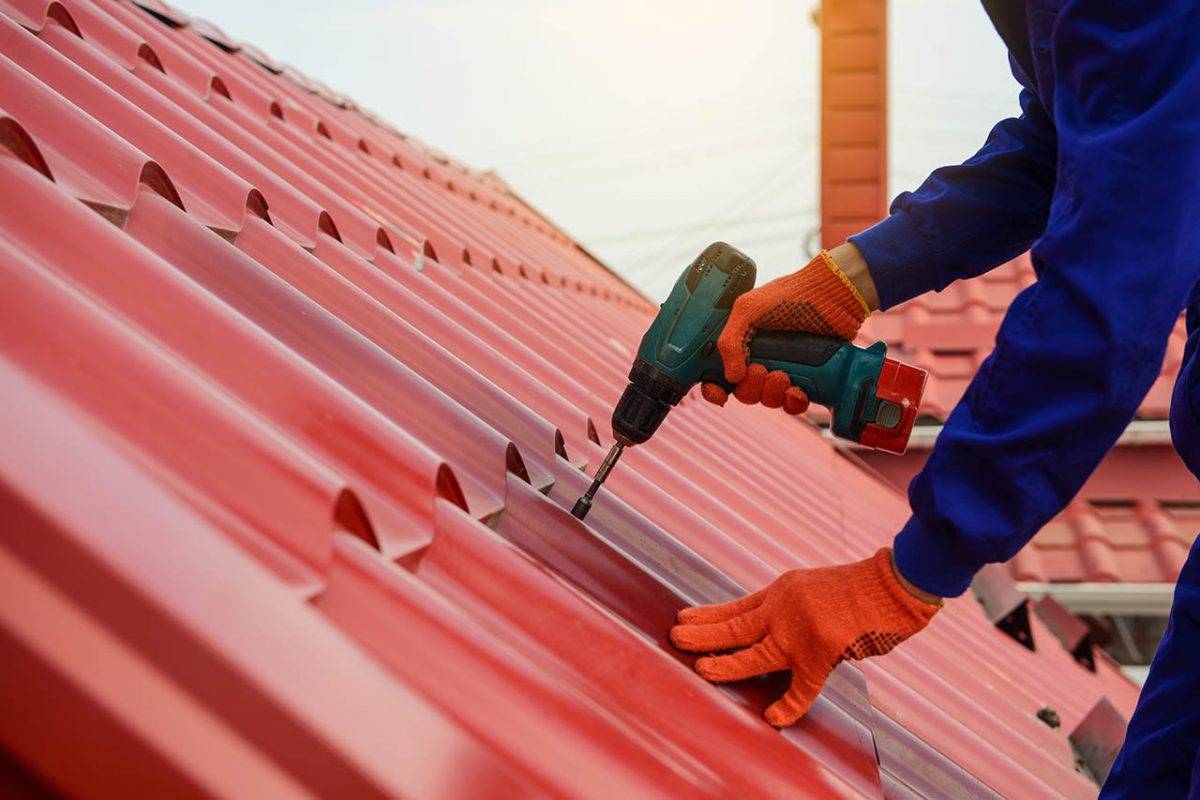BIPV materials are taking over the construction industry. It’s replacing traditional construction materials that outline and envelop various structures and buildings, such as facades, skylights, and roofs.
And now, they’re also being used by the solar energy industry.
BIPV means Building Integrated Photovoltaics. It’s becoming a standard integration in buildings, especially as a source of electricity.
The growing popularity of BIPV is because of its cost-saving benefit. It can replace parts of the building where labor and materials are needed.
Another great thing about BIPV solar panels is they can be retrofitted, which means you can integrate them into a finished structure. That also contributes to their being cost-friendly.
How did BIPV solar panels come to be?
Companies and manufacturers started introducing the use of PVs for buildings over 50 years ago. PV modules were framed with aluminum and installed on houses and infrastructures too far from the power grid to have electricity.
In the 1980s, companies demonstrated that PV solar modules could be installed on roofs. It was in the 1990s when BIPV was first commercially introduced as integration to buildings.
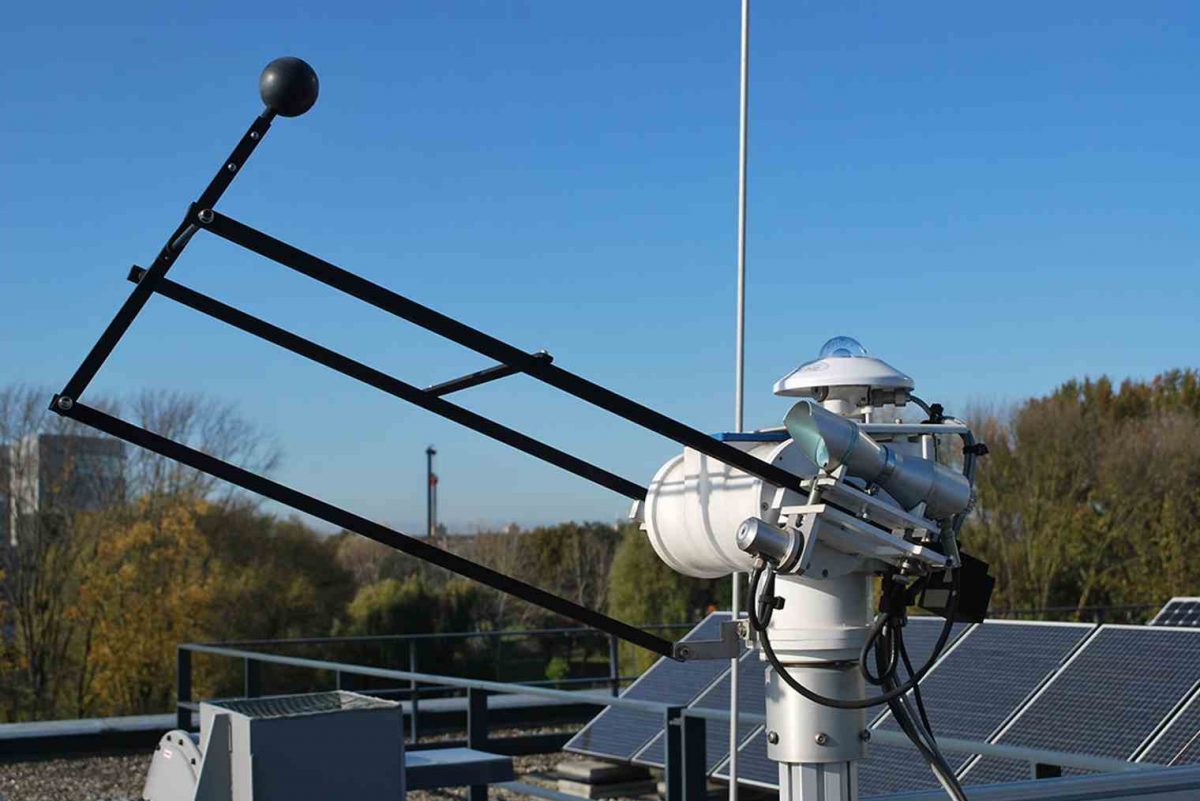
BIPV Solar Panels Applications
BIPV integration into buildings can be done in different ways, and here are some examples:
BIPV can be used as building facades.
People make their first impressions of a building based on its facades, so architects put a lot of thought into it, ensuring they convey the concept behind a building’s construction. And using PV modules in the facade says that the building is economical, ecological, and sophisticated.
BIPV solar panels can also be used in greenhouses.
These structures have internal environments with controlled humidity and temperatures so plants, such as crops, can survive. Greenhouses are located in open areas directly under the sun, so they are perfect for solar panel roofs.
Solar panels can also be used as roofs for parking spaces.
They’re also in open areas that receive a lot of sunlight, so the panels can generate plenty of electricity. And of course, BIPV modules can be installed on top of roofs and used to form other roof-like structures meant to provide shadow against the sun, such as pergolas and eaves.

